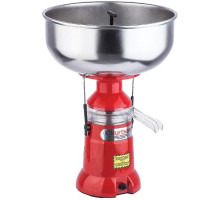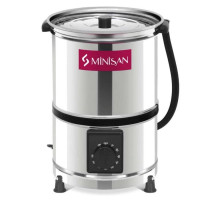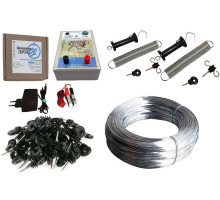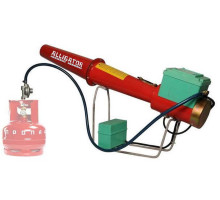Flowering shrubs are a decoration of any garden, pleasing the eye with bright colors and aroma. In Ukraine, with its diverse climate, plants such as hydrangea, lilac, spirea or weigela take root well if you approach their planting correctly. However, beginners often make mistakes that can lead to weak growth or even death of shrubs.
Incorrect choice of planting site
One of the most common mistakes is choosing the wrong place. Flowering shrubs require certain conditions: some need a lot of sun, others - partial shade (hydrangeas, rhododendrons). In Ukraine, especially in the southern regions, the bright sun can burn the leaves of shade-loving plants, and in the northern regions, the lack of light will slow down flowering. Before planting, study the requirements of a particular species. Also consider protection from the wind and the proximity of groundwater - the roots should not be in constant dampness.
Conduct an analysis of the site: determine the level of illumination, soil type and drainage. For example, for clay soils in the Kyiv region, add sand or compost to improve the structure. Choose a place where the bush will receive the required amount of light and will not be damaged by drafts.

Ignoring soil preparation
Many gardeners plant bushes in unprepared soil, hoping for their endurance. However, different types of soil in Ukraine are not always suitable for capricious species - a lack of nutrients or unsuitable acidity weakens the plant.
Check the pH of the soil (for example, rhododendrons prefer an acidity of 4.5-5.5). 2-3 weeks before planting, add humus or compost. For poor soils, fertilizers with potassium and phosphorus are suitable, but use nitrogen sparingly - excess leads to excessive foliage growth.
Planting errors
Another problem is the wrong depth or size of the hole. If the root collar is deepened, the bush can rot, and too shallow planting will lead to the roots drying out. It is also important to consider the season: in Ukraine, the optimal time is spring (April-May) or early autumn (September-October).
Dig a hole 1.5-2 times larger than the root ball. Add drainage (crushed stone, expanded clay) to the bottom, especially on heavy soils. Leave the root collar at ground level. After planting, water generously and mulch the soil with bark or sawdust to retain moisture.
Insufficient watering and care after planting
Underestimating watering is a common mistake, especially in arid regions such as the Kherson region. Young bushes need regular watering until they take root. Also, many forget about protection from pests and diseases.
Water the bushes once every 5-7 days in the first month, adding 10-15 liters of water per bush. Increase the frequency in hot weather. In the fall, cover young plants with agrofibre, especially in the eastern regions, where winters are harsh. Carry out preventive treatment against fungi and insects in the spring.













